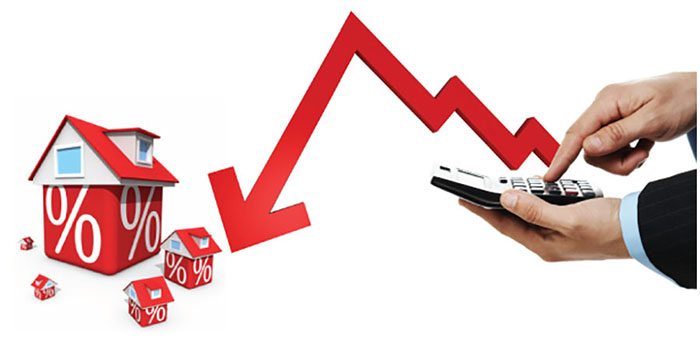Variable Rate Mortgage Basics
A variable rate mortgage, fixed-rate mortgage, or adjustable-rate loan is a mortgage loan using the variable interest rate on a loan to repay a mortgage. The loan can be offered at the usual lender's normal variable rate/interest rate or at a slightly higher interest rate. Normally a lender would offer the best possible interest rate and it would be unwise to refinance in the event of an emergency, especially if the new interest rates are significantly lower than the ones applied to your original mortgage. If you are considering refinancing, you should know that there can be significant changes in the amount that you pay for mortgage insurance premiums. If your monthly payment amount is more than your mortgage insurance premiums, you could end up paying more in total due to the refinancing costs.
Before deciding to refinance, you need to understand how a variable rate mortgage works. In essence, it is quite like switching from a fixed-rate to a variable rate mortgage when you get a lower-priced home loan. The variable rate mortgage features a lower initial interest rate but can be expected to go up over time. With a hybrid mortgage you can choose to opt for a variable rate mortgage and the interest can be set according to certain predetermined index rates.
It is also important to remember that a fixed interest rate is not a good choice for most borrowers. A fixed interest rate is one in which the payment amount does not change throughout the life of the loan. A variable rate mortgage features a fixed interest rate at pre-set levels through the term of the mortgage. However, because the payment is based on future prices rather than on present prices, the borrowers pay more interest as the rates keep rising. With a hybrid mortgage you can get a variable rate mortgage with a fixed interest rate and if the rates start to rise, then so will your payments.

Another variable option for borrowers is the indexed rate mortgage or simply ARM. An indexed rate mortgage allows the initial payment amount to be tied to a basket of interest rates. If the basket rises, the payments will also rise. This offers both the borrower and the lender a good deal. While the initial payment may rise, the risk associated with interest rates being higher later on is also reduced because with an indexed rate mortgage, the rates are usually already fixed at this point.
Borrowers can choose between a variable rate mortgage and a fixed rate mortgage according to their needs. They just need to know which type they prefer. Most home loan lenders will offer both variants. These days, there are a lot of financial institutions that offer mortgages and these include some of the better known names in the industry such as Bank of America, Chase Bank, Wells Fargo and many others. Many of them have online websites where a borrower can learn more about the different options available to them when choosing a home loan.
The other option available for borrowers who want to refinance their home loans is the zero percent loan refinance or interest rate swap. A good way to determine which option would be best for you is by consulting a mortgage broker. A mortgage broker will be able to give you advice on what type of refinancing product would suit your financial situation best. It's important to note that the mortgage industry is very competitive and some lenders may offer better refinancing options than others. Homeowners should shop around to find the right refinancing home loan.
